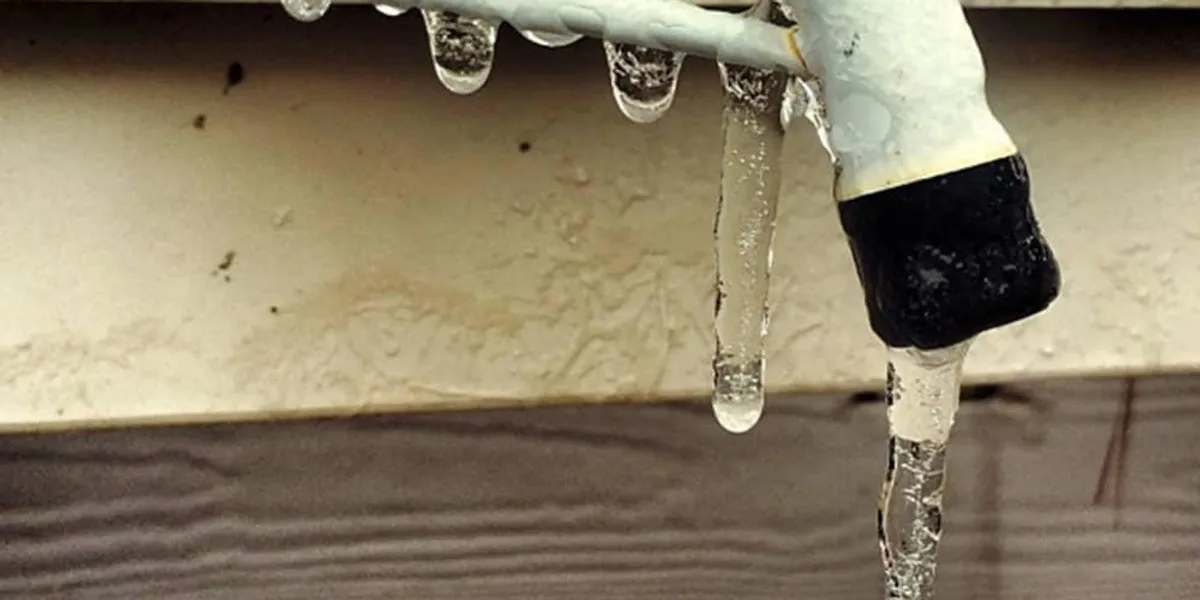Preventing Frozen Pipes: Effective Tips for Cold Weather
Preventing Frozen Pipes: Effective Tips for Cold Weather
Blog Article
Have you been looking for help on How To Avoid Freezing Pipes?

Winter can ruin your pipes, specifically by freezing pipelines. Here's how to avoid it from taking place and what to do if it does.
Intro
As temperatures drop, the risk of icy pipelines increases, potentially resulting in pricey repairs and water damages. Recognizing just how to prevent frozen pipes is crucial for property owners in cool environments.
Comprehending Frozen Pipes
What causes pipelines to ice up?
Pipes freeze when subjected to temperatures listed below 32 ° F (0 ° C) for prolonged durations. As water inside the pipes ices up, it increases, putting pressure on the pipeline walls and potentially causing them to burst.
Dangers and damages
Frozen pipes can cause water system interruptions, property damages, and costly repairs. Ruptured pipelines can flooding homes and create substantial structural damage.
Indications of Frozen Piping
Identifying icy pipes early can stop them from bursting.
How to determine icy pipelines
Search for decreased water circulation from taps, uncommon odors or sounds from pipes, and noticeable frost on exposed pipelines.
Avoidance Tips
Insulating prone pipes
Cover pipes in insulation sleeves or use heat tape to safeguard them from freezing temperatures. Focus on pipelines in unheated or exterior locations of the home.
Home heating methods
Keep interior spaces appropriately heated, specifically areas with pipes. Open cabinet doors to allow cozy air to distribute around pipelines under sinks.
Shielding Outdoor Plumbing
Yard pipes and outside faucets
Detach and drain yard pipes before winter months. Mount frost-proof spigots or cover outdoor faucets with protected caps.
What to Do If Your Pipes Freeze
Immediate actions to take
If you think icy pipes, keep taps open up to alleviate stress as the ice melts. Use a hairdryer or towels soaked in hot water to thaw pipes gradually.
Long-Term Solutions
Architectural adjustments
Consider rerouting pipes away from exterior walls or unheated areas. Add added insulation to attics, basements, and crawl spaces.
Upgrading insulation
Buy high-quality insulation for pipelines, attic rooms, and wall surfaces. Appropriate insulation helps preserve regular temperature levels and minimizes the risk of frozen pipes.
Conclusion
Protecting against frozen pipelines calls for aggressive measures and fast reactions. By comprehending the reasons, indications, and safety nets, home owners can protect their plumbing throughout cold weather.
5 Ways to Prevent Frozen Pipes
Drain Outdoor Faucets and Disconnect Hoses
First, close the shut-off valve that controls the flow of water in the pipe to your outdoor faucet. Then, head outside to disconnect and drain your hose and open the outdoor faucet to allow the water to completely drain out of the line. Turn off the faucet when done. Finally, head back to the shut-off valve and drain the remaining water inside the pipe into a bucket or container. Additionally, if you have a home irrigation system, you should consider hiring an expert to clear the system of water each year.
Insulate Pipes
One of the best and most cost-effective methods for preventing frozen water pipes is to wrap your pipes with insulation. This is especially important for areas in your home that aren’t exposed to heat, such as an attic. We suggest using foam sleeves, which can typically be found at your local hardware store.
Keep Heat Running at 65
Your pipes are located inside your walls, and the temperature there is much colder than the rest of the house. To prevent your pipes from freezing, The Insurance Information Institute suggests that you keep your home heated to at least 65 degrees, even when traveling. You may want to invest in smart devices that can keep an eye on the temperature in your home while you’re away.
Leave Water Dripping
Moving water — even a small trickle — can prevent ice from forming inside your pipes. When freezing temps are imminent, start a drip of water from all faucets that serve exposed pipes. Leaving a few faucets running will also help relieve pressure inside the pipes and help prevent a rupture if the water inside freezes.
Open Cupboard Doors
Warm your kitchen and bathroom pipes by opening cupboards and vanities. You should also leave your interior doors ajar to help warm air circulate evenly throughout your home.

As an enthusiastic reader about How to Prevent Your Pipes From Freezing, I was thinking sharing that portion was sensible. Don't hesitate to take the time to promote this article if you enjoyed it. We love your readership.
Visit My Site Report this page